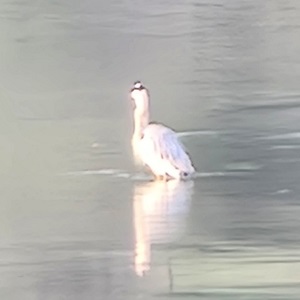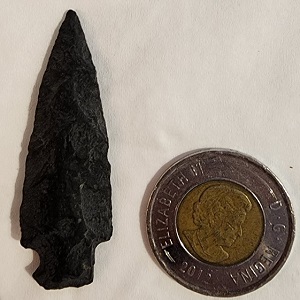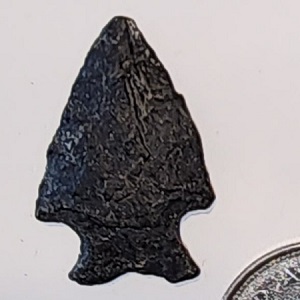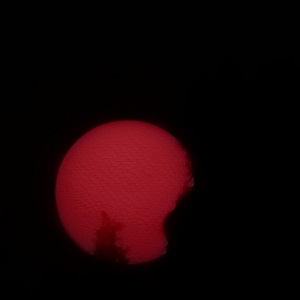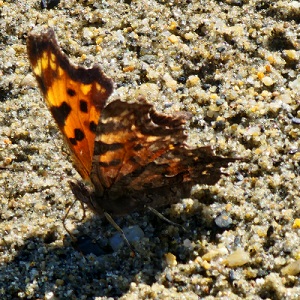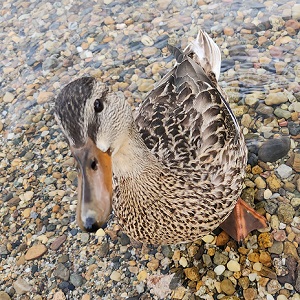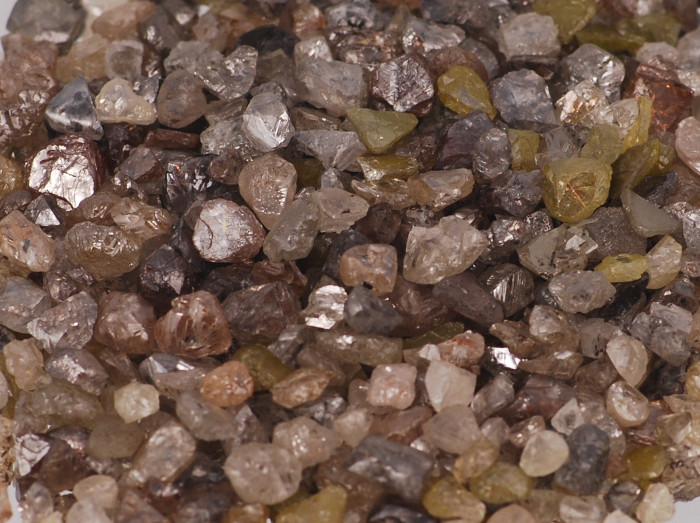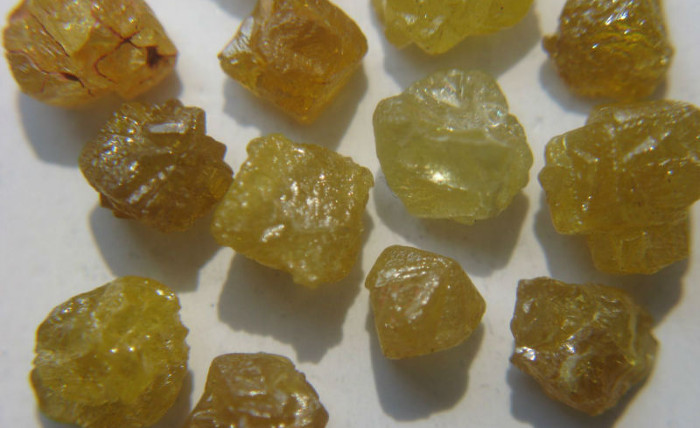And, newly arrived from China a digital USB microscope, so I can share with you the infinitude of minute maybe-probably-not-diamonds...
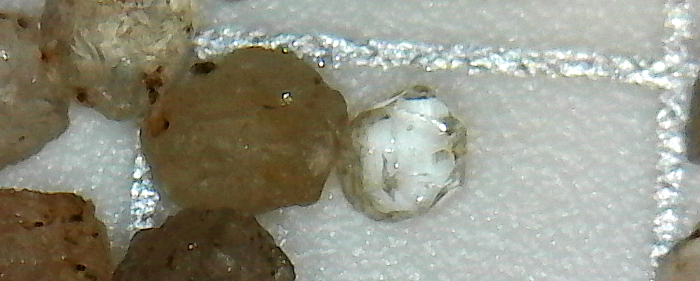
On the right side, clear with some points with bits of river-washed quartz. For reference, the grid is 5 mm square, the stone would measure approximately 1mm X 1mm. Truly an engagement-class stone...

Slightly larger garnet, still with some shape to it. Note that diamonds come in all colors, pink diamonds are especially rare and valued, a 1 carat (200 mg) pink diamond recently fetched upwards of 10 Million dollars at auction. That would be nice, but I'm pretty sure this is just a garnet...
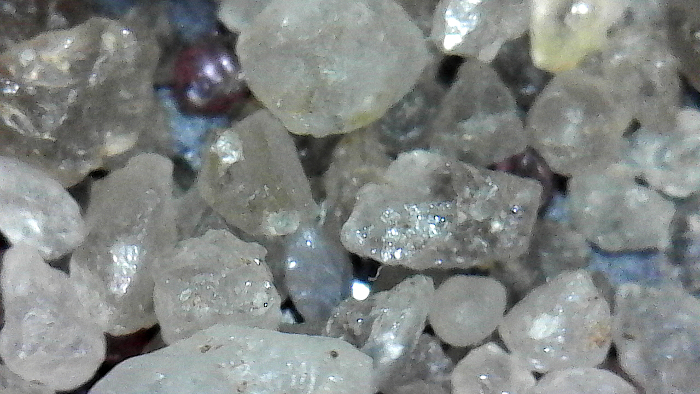
A sampling of the thousands of tiny pebbles I tweeze my way through after an expedition. The rounded, smoother stones resemble Ballas Diamonds, which are formed as a result of meteoric impacts.
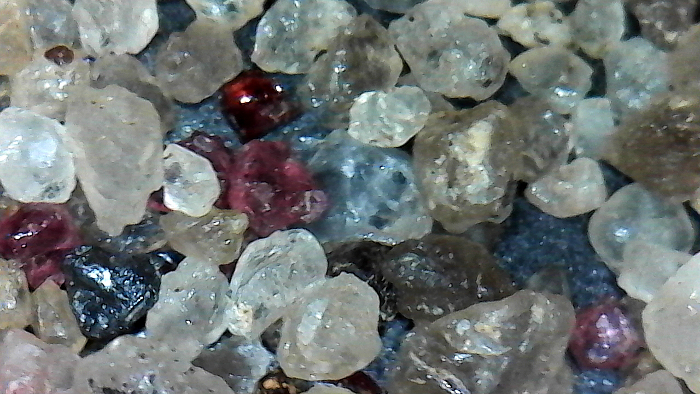
More garnets, note the deep red squarish stone above left center, some of the quartz bits have a crystal shape which suggests diamond (but nothing definitively).

Another well shaped garnet (center).
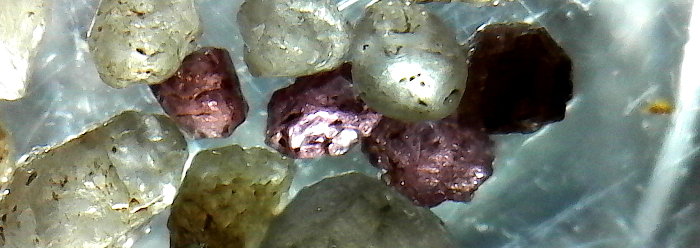
3 Garnets, backlit, garnets tend to gather together even on slides...
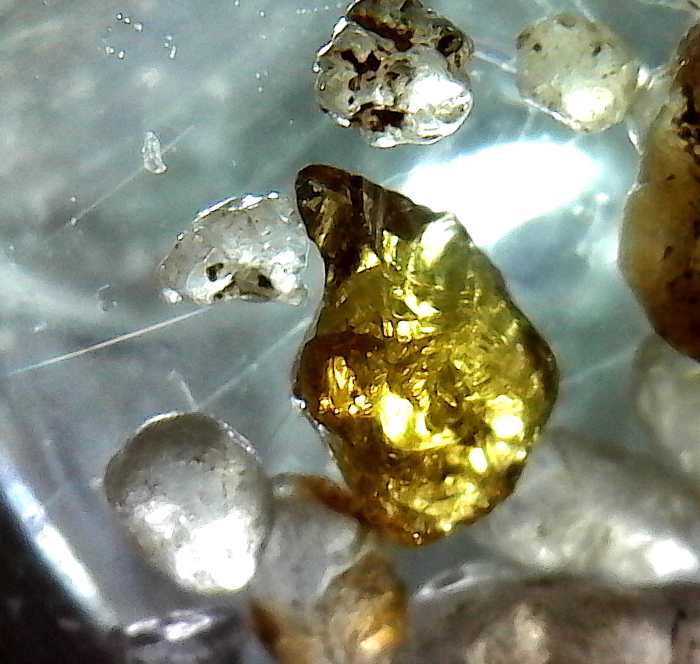
And the brown stone, perfect beer-bottle glass, only there were no other pieces in 20 odd pans, Australia has made a commercial market out of Argyle Diamonds, brown diamonds that once were discarded for industrial use...
In short, considering that 99% of diamonds are discarded as imperfect for gems (but used in industrial applications), and given that they can occur in any color, the microscope has not made things any easier...
Worth considering, though, that Ammolite, Alberta's Gem, was just a pretty stone until a market was created for it, the quality of the stone didn't lend itself well to gem or lapidary work. Still, with the right marketing anything can become saleable...
***
Below, for your consideration, 2 photos of rough diamonds. See?


